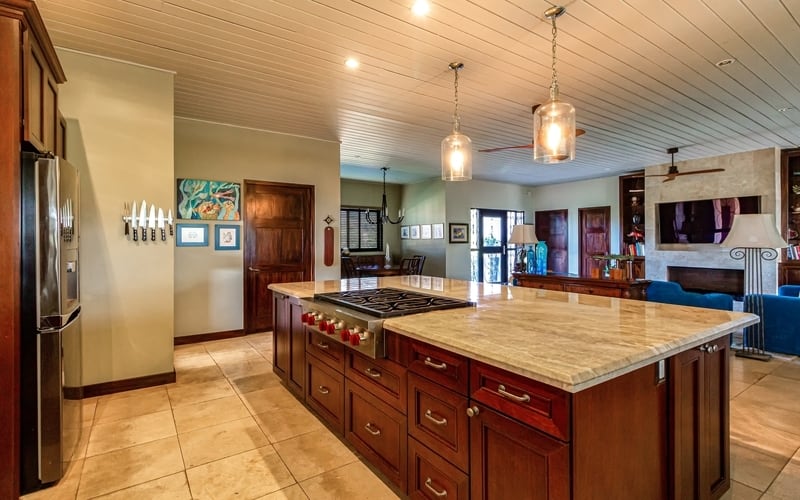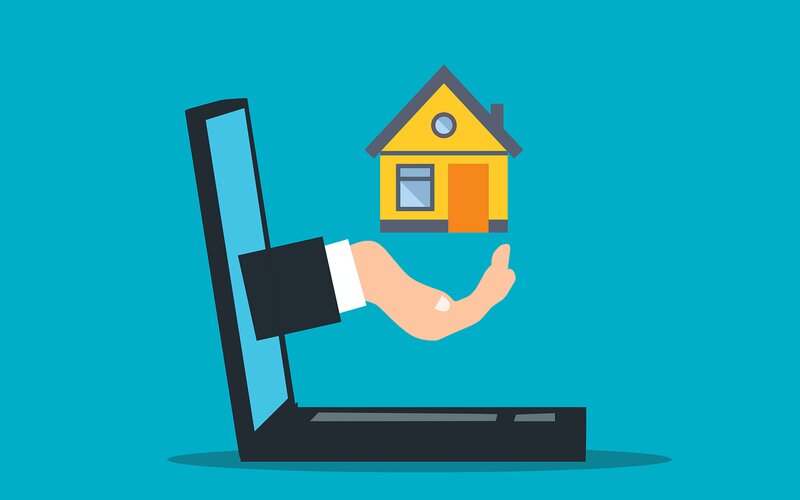That's according to the Australian Bureau of Statistics (ABS) Lending Indicators data for July, released today.
ABS head of Finance and Wealth Amanda Seneviratne said the rebound in lending figures was buoyed by COVID restrictions easing.
“July owner-occupier home loan commitments rebounded with the largest month-on-month rise in the history of the series, as social distancing restrictions eased in most states and territories," she said.
Buying a home or looking to refinance? The table below features home loans with some of the lowest variable interest rates on the market for owner-occupiers.
| Lender | Home Loan | Interest Rate | Comparison Rate* | Monthly Repayment | Repayment type | Rate Type | Offset | Redraw | Ongoing Fees | Upfront Fees | Max LVR | Lump Sum Repayment | Extra Repayments | Split Loan Option | Tags | Features | Link | Compare | Promoted Product | Disclosure |
|---|---|---|---|---|---|---|---|---|---|---|---|---|---|---|---|---|---|---|---|---|
5.54% p.a. | 5.58% p.a. | $2,852 | Principal & Interest | Variable | $0 | $530 | 90% |
| Promoted | Disclosure | ||||||||||
5.49% p.a. | 5.40% p.a. | $2,836 | Principal & Interest | Variable | $0 | $0 | 80% |
| Promoted | Disclosure | ||||||||||
5.64% p.a. | 5.89% p.a. | $2,883 | Principal & Interest | Variable | $250 | $250 | 60% |
| Promoted | Disclosure | ||||||||||
5.64% p.a. | 5.89% p.a. | $2,883 | Principal & Interest | Variable | $248 | $350 | 60% |
| Disclosure |
The data also found the value of new loan commitments for owner-occupier housing rose 10.7%, while investor housing rose 3.5%.
The number of owner-occupier first home buyer loan commitments also rose 14.4%.
“New loan commitments for owner-occupier housing rose in all states and territories, except the Australian Capital Territory. The largest increases were in New South Wales, Victoria and Queensland", Ms Seneviratne said.
“The value of new loan commitments for owner-occupier housing in Victoria rose 8.9% in July, reflecting the period of eased COVID-19-related restrictions prior to restrictions tightening again from later in July."
Another strong rise in housing finance approvals in July, for owner-occupiers the largest monthly rise in the history of the series, suggests that property markets should stabilise #ausbiz pic.twitter.com/AIS7qSgQQC
— Alex Joiner (@IFM_Economist) September 9, 2020
CBA now expecting national house prices to fall 6%
Commonwealth Bank has revised its initial forecast of national house price falls of 10% and now expects a national peak to trough fall of 6%.
The bank said it has been surprised by the resilience of house prices in some capital cities considering the impact the COVID crisis has had on employment.
"We continue to expect prices to ease. But we are now looking for a national peak to trough fall of 6% versus our previous call of 10%," said CBA economist Gareth Aird.
"We now expect that trough to arrive in Q1 2021 (versus end 2020 previously)."
See also: What happens to Australian house prices in a recession?
The bank also said it expects a much larger disparity between house price falls by capital city than previously forecast.
"For example, we have forecast a fall in Melbourne property prices of 12% from April 20 to Q1 2021, whilst prices are expected to increase modestly in Hobart and the ACT over that period," Mr Aird said.
"For the record, we had always expected Melbourne and Sydney to underperform relative to the national average. The NSW and Victorian economies have more exposure to the most heavily impacted services sectors and less exposure to some of the more insulated sectors (i.e. mining and agriculture).
"In addition, the Sydney and Melbourne housing markets are more reliant on strong population growth via net overseas migration to underpin demand. But what we didn’t know of course was that COVID‑19 would have a much bigger impact on the Melbourne economy relative to the other capital cities."
The bank also said it expects house prices will bounce back by the end of 2021.
"Our central scenario is that dwelling prices plateau in Q2 21 before rising over H2 21. Our forecast is for solid price growth in H2 21 as the economic recovery gains traction and incredibly low interest rates once again become the dominant influence on dwelling prices," he said.

Ready, Set, Buy!
Learn everything you need to know about buying property – from choosing the right property and home loan, to the purchasing process, tips to save money and more!
With bonus Q&A sheet and Crossword!







 Denise Raward
Denise Raward
 Harry O'Sullivan
Harry O'Sullivan
 Bea Garcia
Bea Garcia
 Rachel Horan
Rachel Horan
 William Jolly
William Jolly

